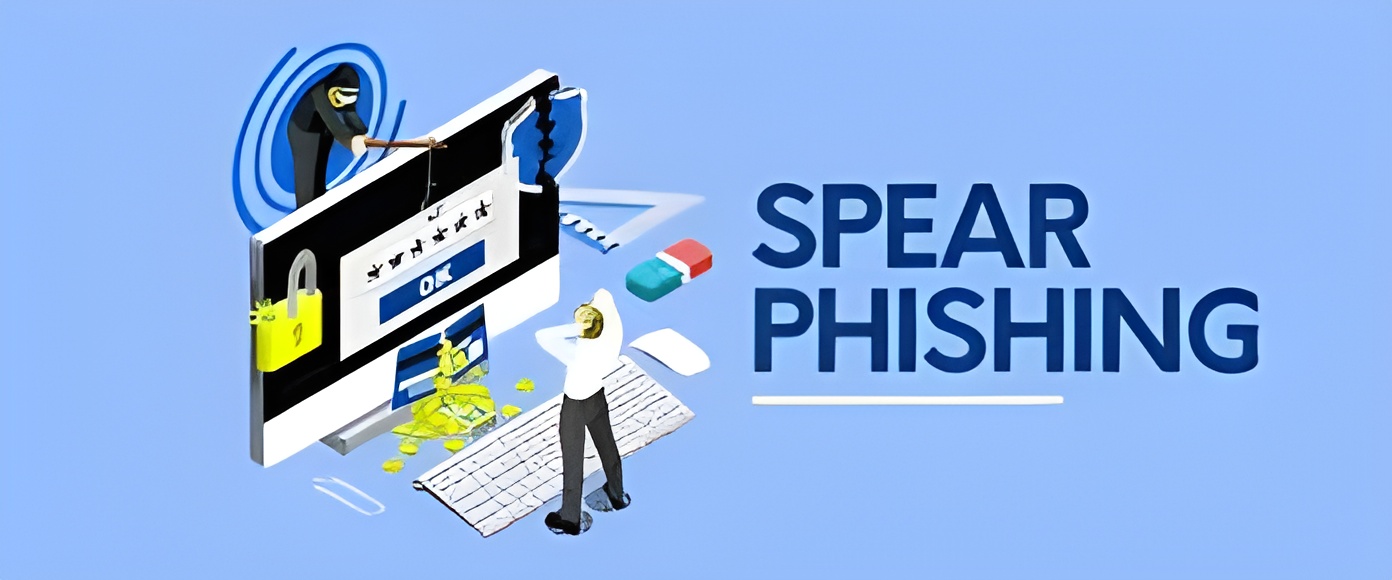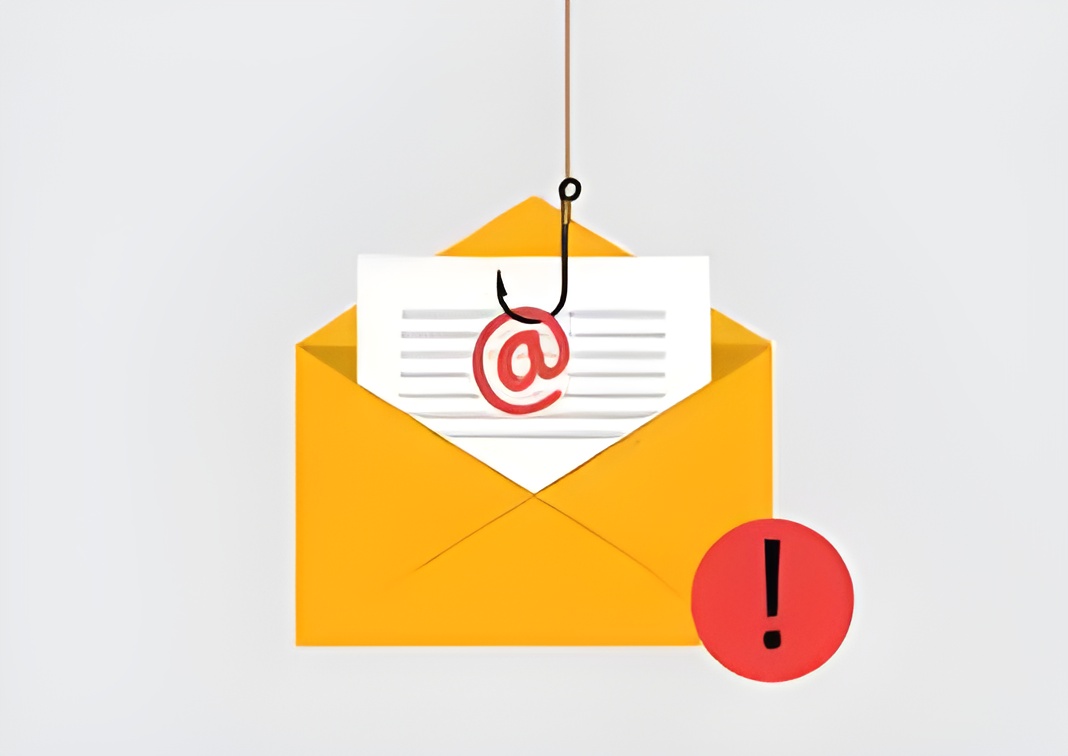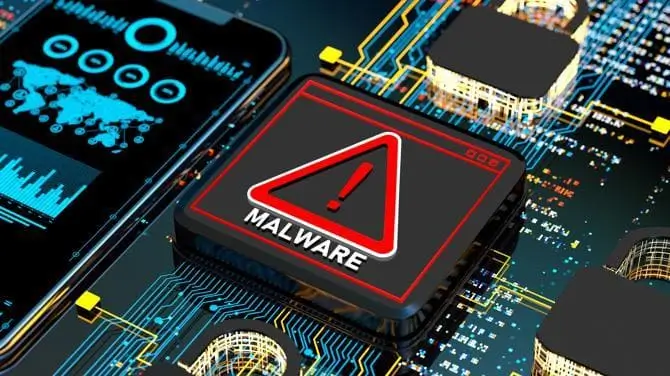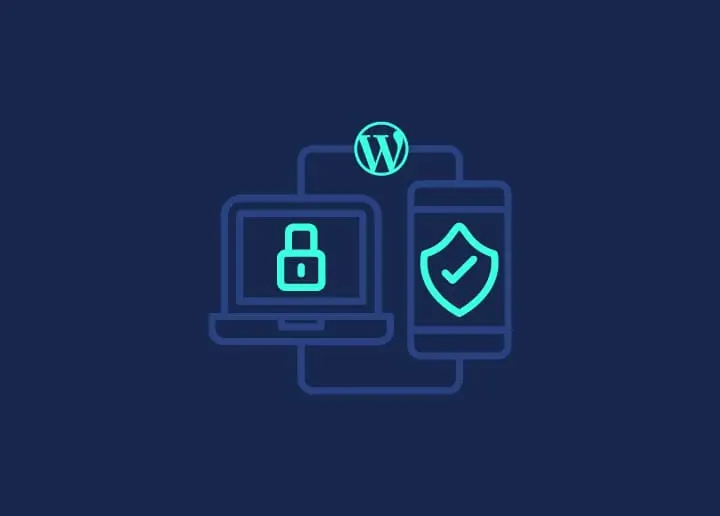Published on May 24, 2025
How to Detect Phishing Attacks?
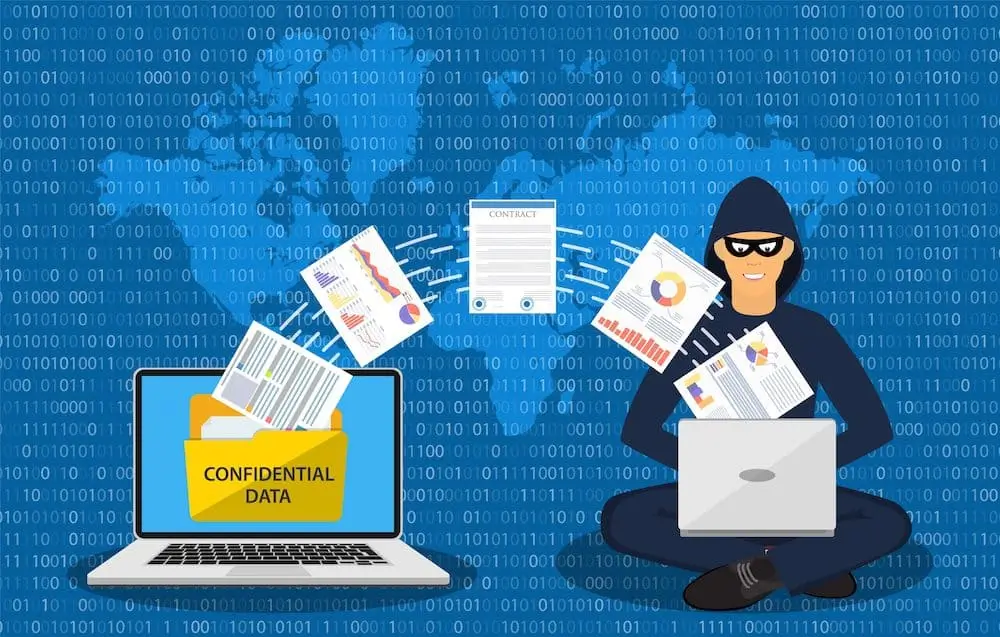
Detecting a phishing attack requires vigilance and knowledge of the signs commonly used by attackers. Here are some ways to detect a phishing attack:
Check the Sender’s Email Address
Phishing attacks often come from email addresses that look similar to legitimate addresses. Carefully examine the sender’s domain to make sure it is actually from a trusted source. For example, look for small differences like “example.com” and “examp1e.com”.
Beware of Urgent Messages
Phishing often uses urgency tactics to get victims to act quickly without thinking. Messages that say your account will be blocked or that you need to update your personal information immediately are usually signs of phishing.
Review the Links Provided
Before clicking on any link in an email, hover your cursor over the link without clicking it to see the destination URL. If the URL looks suspicious or doesn’t match the organization’s official address, don’t click on the link.
Check Grammar and Spelling
Phishing emails often contain spelling errors or poor grammar. Legitimate organizations usually ensure that their communications are free of such errors.
Verify with Official Sources
If you receive a suspicious email or message, contact the organization directly using their official phone number or email address. Do not use the contact information provided in the suspicious email.
- XFCE: Lightweight, Fast and Reliable Desktop Environment for Linux Users
- How to Resolve Error in Faraday: EXCEPTION of type 'Exception' occurred with message: Unknown error: <class 'Exception'> - Unknown error: <class 'TypeError'> - string indices must be integers, not 'str'
- The Complete Guide to Firebase Database
- How to Reset Schlage Keypad Lock Without Program Code
- Program Bug Bounty Hackerone
Do Not Send Sensitive Information
A trustworthy organization will not ask for sensitive information such as passwords, credit card numbers, or social security numbers via email. If such a request is made, it is most likely phishing.
Use Security Software
Using updated antivirus and antimalware software can help detect and block phishing attacks. Some software also has special features to detect and warn users about phishing sites.
Education and Awareness
Continue to educate yourself and those around you about phishing signs and cybersecurity practices. The more you know, the better you can protect yourself.
Report Phishing Messages
If you receive a phishing email, report it to your email service provider. Many email services have a feature to report phishing, and this helps them improve their detection and protection systems.
Use Two-Factor Authentication
Two-factor authentication (2FA) adds an extra layer of security to your account. Even if an attacker gets your password, they still need an additional code to access your account.
Examples of Signs of a Phishing Attack
- Email from Unknown Sender: Email that comes from a sender you don’t recognize or weren’t expecting can be a warning sign.
- Irrelevant Message: Messages that don’t fit the context or your relationship with the sender.
- Suspicious Attachments: Attachments that you are not expecting or that have unusual file extensions.
By understanding these signs and taking the proper precautions, you can more effectively protect yourself from phishing attacks. Stay alert and always exercise caution when receiving unexpected communications.
That’s all the articles from Admin, hopefully useful… Thank you for stopping by…

